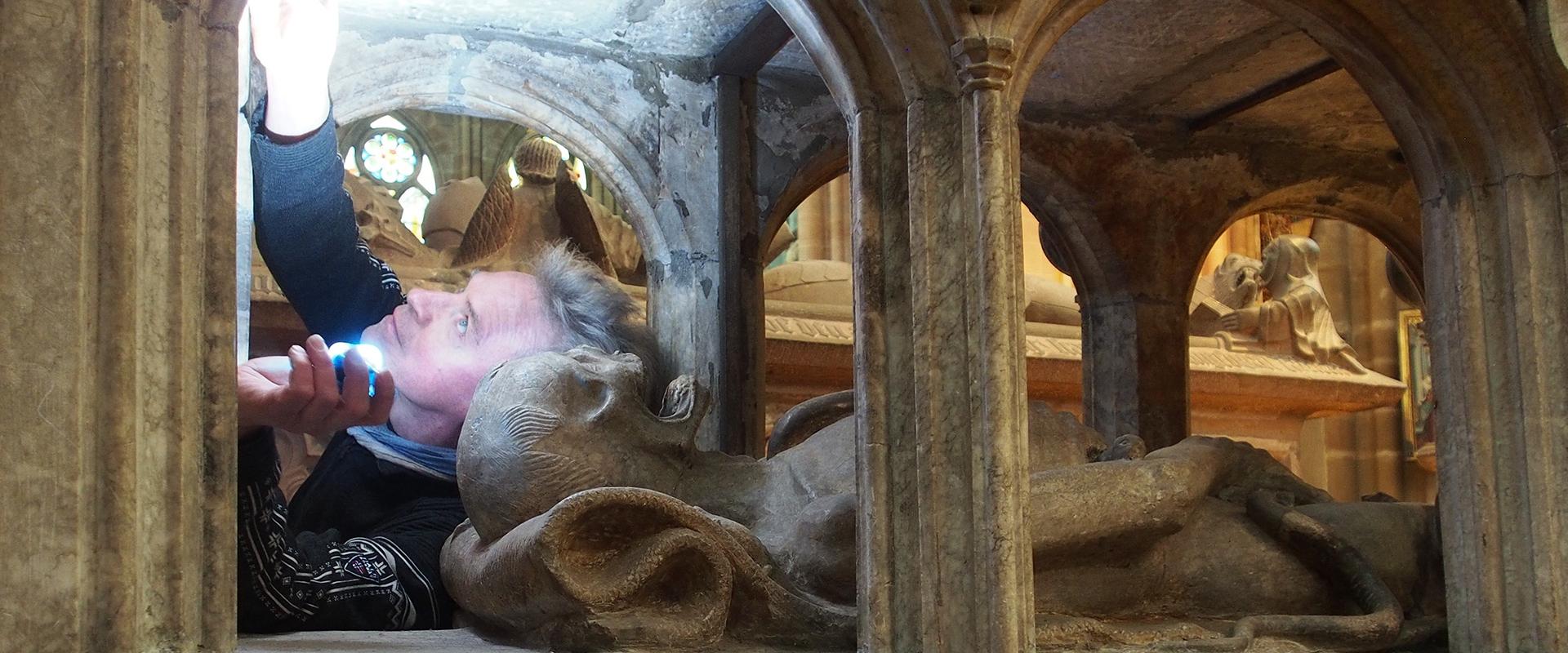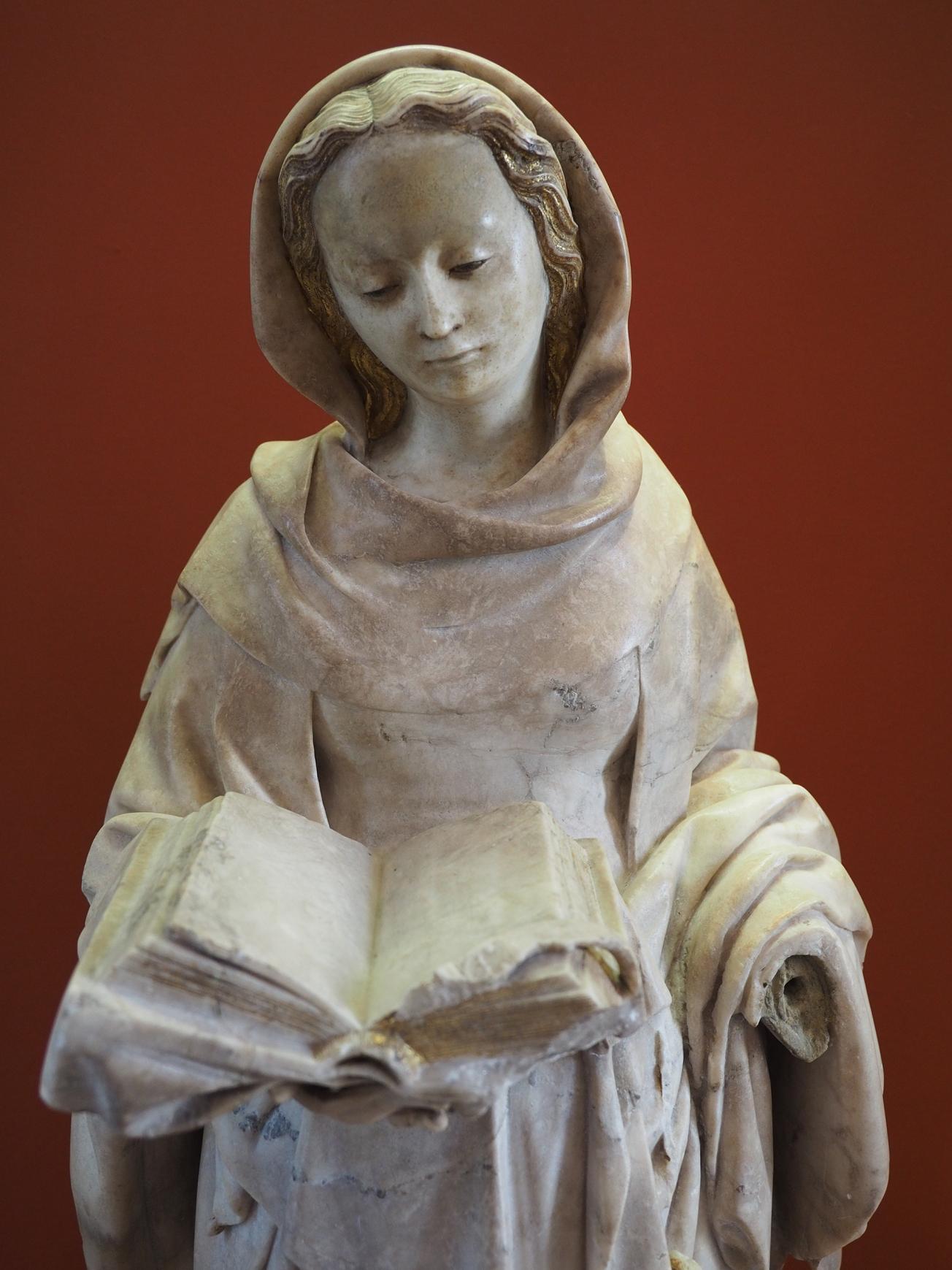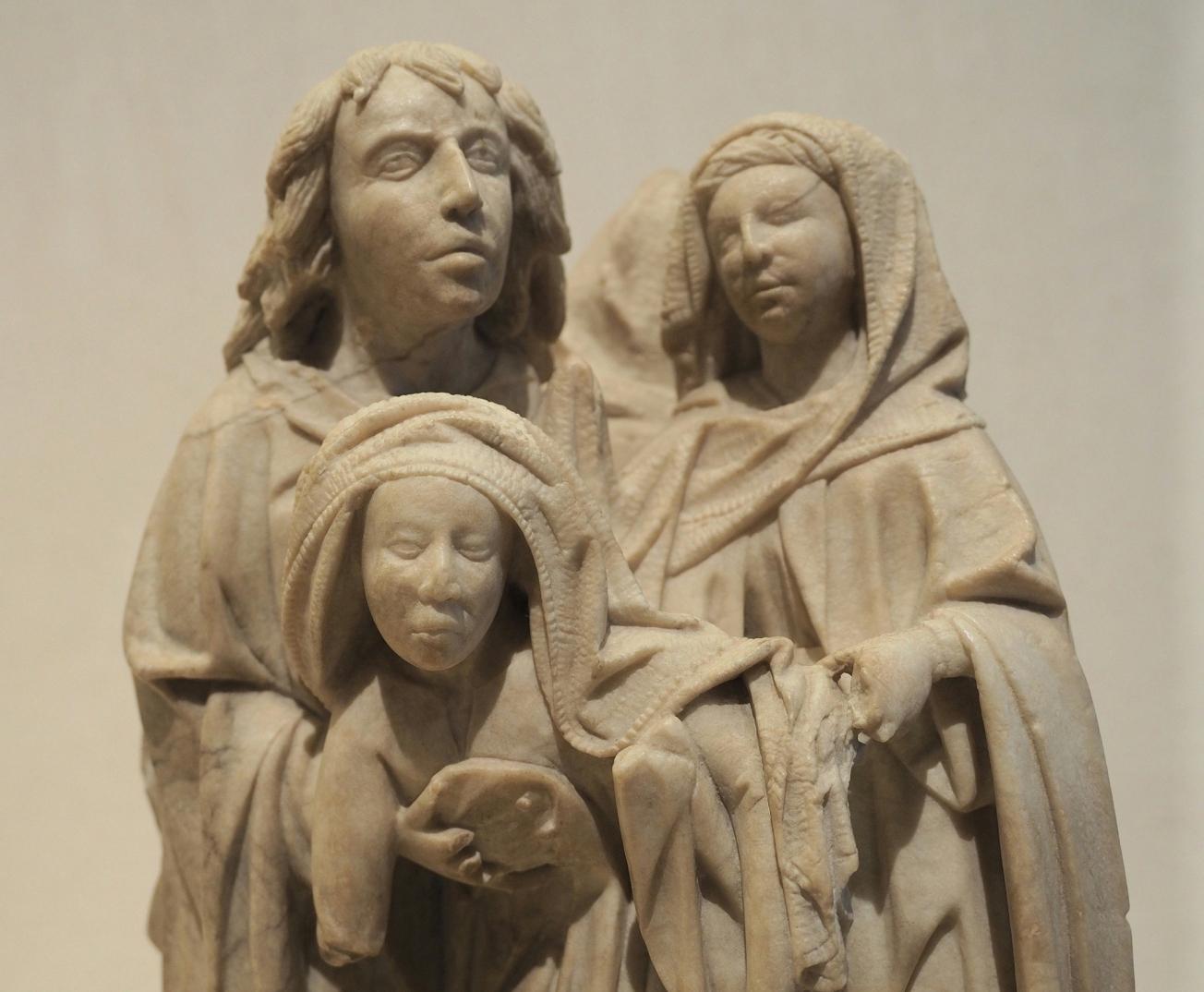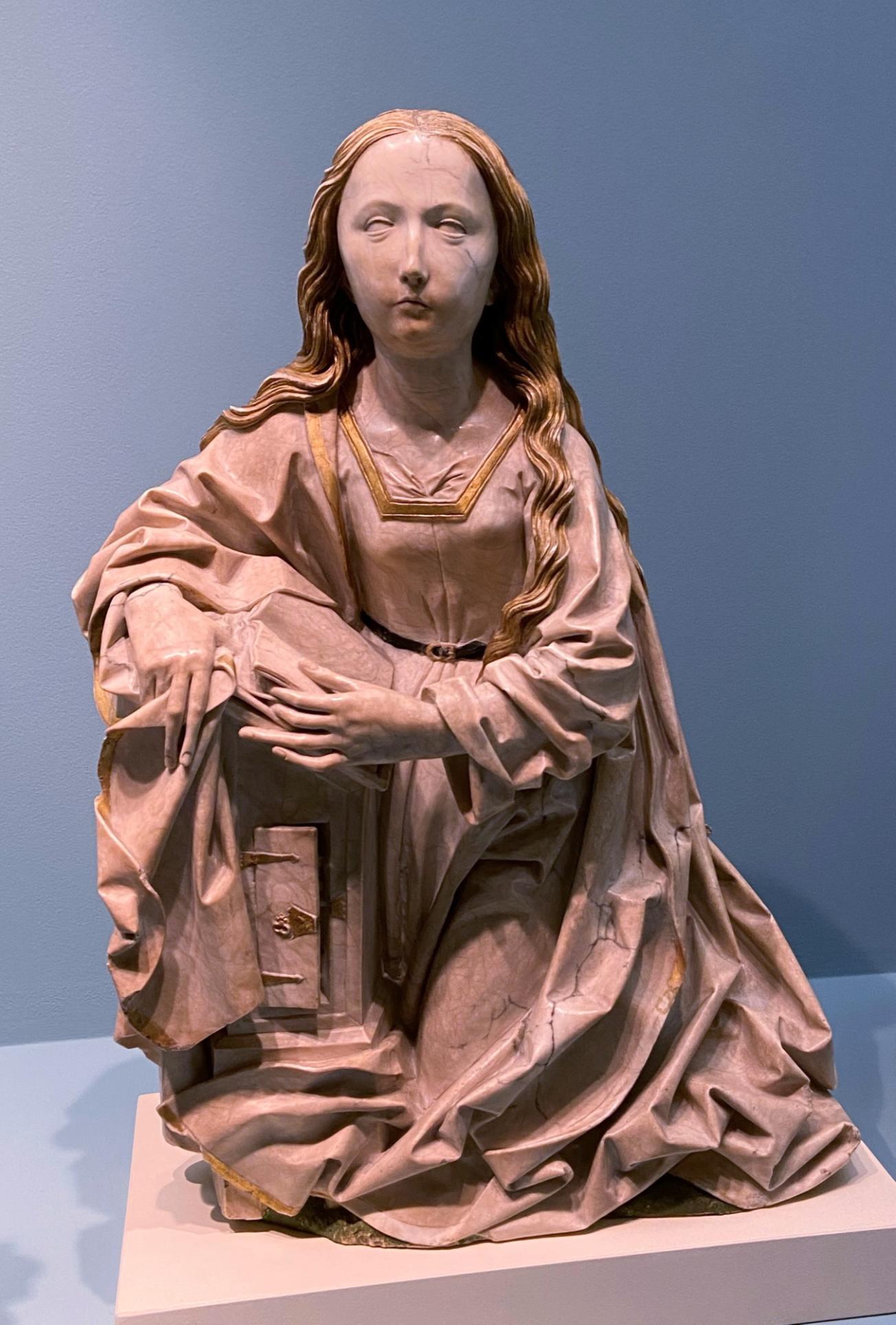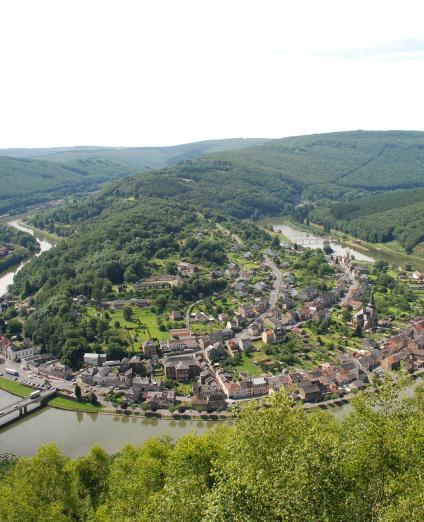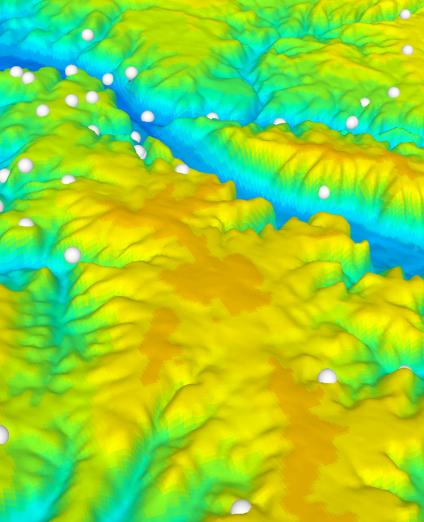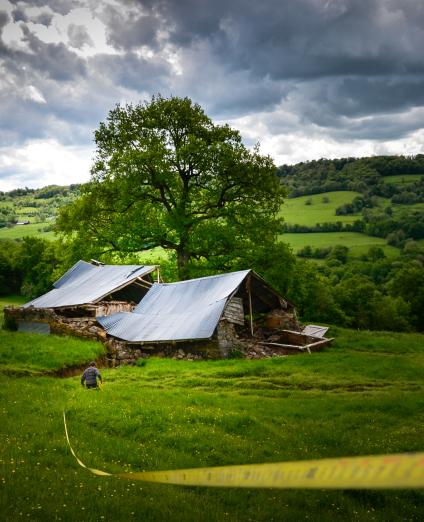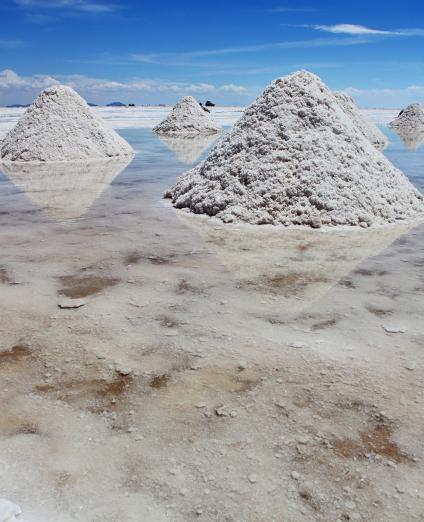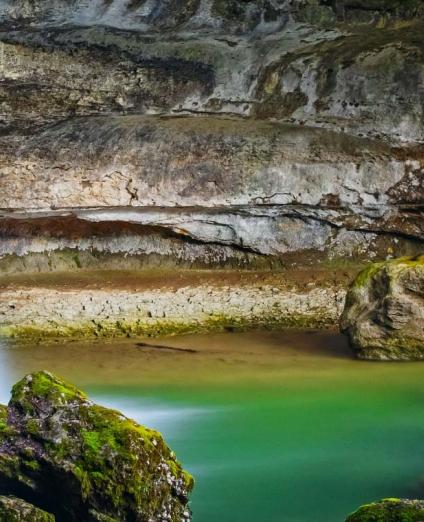Sculptures en albâtre présentées dans le cadre de l'exposition Les voyages de l’albâtre
Alabaster played an important role in European sculpture between the 14th and the 16th century, alongside marble. Since 2010, the Sculpture Department at the Louvre Museum has been conducting a research programme with the Laboratoire de Recherche des Monuments Historiques (Historic Monuments Research Laboratory) and BRGM, along with numerous partners, to identify the origin of the alabaster used in France.
Finding the origin of the alabaster used in the sculptures by means of geochemistry
By taking samples of a few milligrams of alabaster and determining their concentrations of oxygen, sulphur and strontium isotopes, we can clearly distinguish between deposits throughout Europe. By exploring operational or decommissioned historical quarries and from analysis of works of art preserved in museums or historical monuments with a documented history, a set of references was compiled from which the origin of the alabaster can be precisely identified. It is thus possible to identify supply systems, pinpoint areas of influence, back up stylistic comparisons and sometimes provide clues to identify the situation of a poorly documented work.
After first highlighting the use of alabaster from central England and from the Alps near Grenoble, research has now provided new findings regarding alabaster from Malaucène near Avignon, Franche-Comté and Beuda in Catalonia, and is beginning to shed light on the origins of alabaster from the Netherlands, Germany and Lorraine. The Current Showcase displays these results.
Time and place
Louvre Museum - Current Showcase of the Sculpture Department
June 2021 - May 2022

